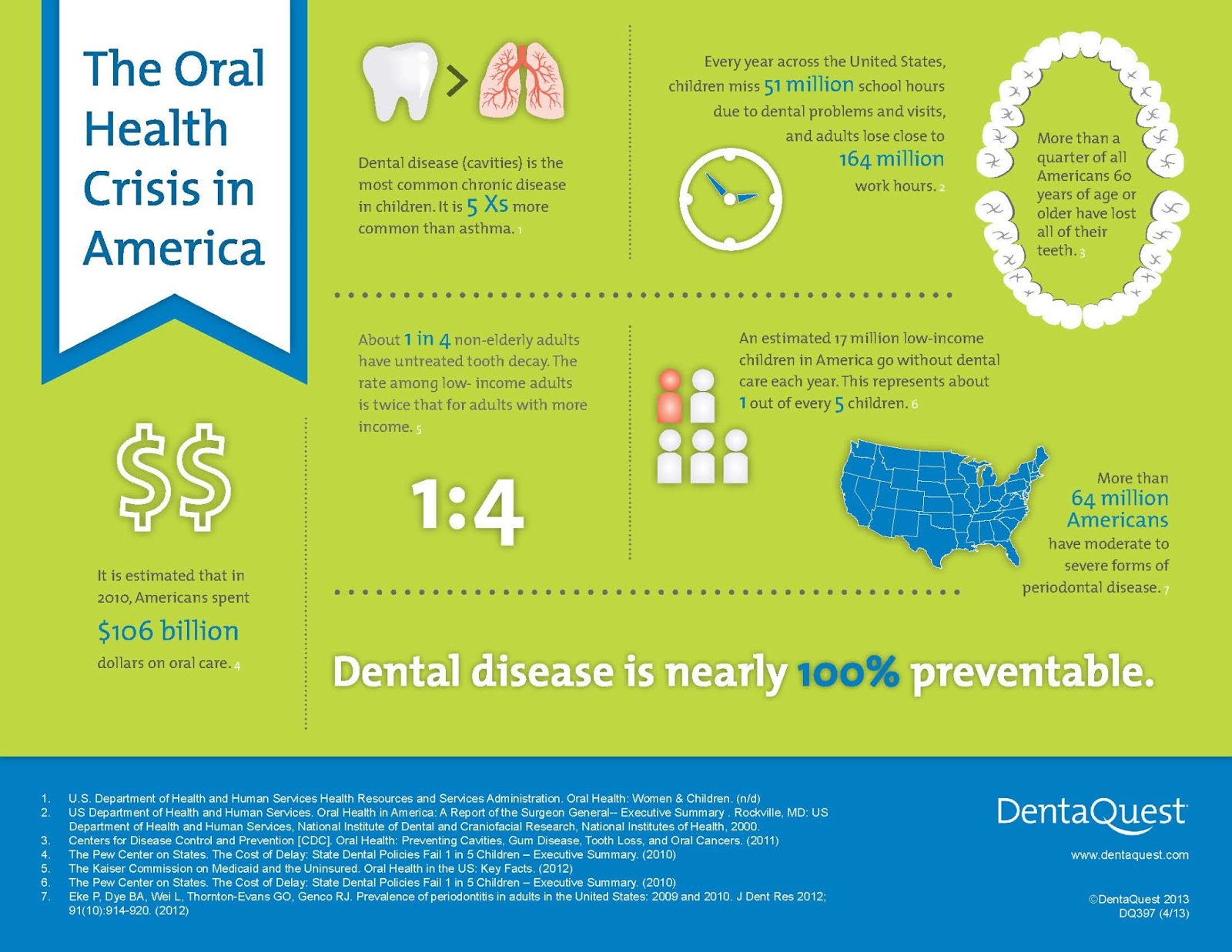Ensure You Are Planned For Unexpected Dental Emergencies By Having The Ability To Identify The Signs Of Trauma And Understanding When To Seek Urgent Medical Interest
Ensure You Are Planned For Unexpected Dental Emergencies By Having The Ability To Identify The Signs Of Trauma And Understanding When To Seek Urgent Medical Interest
Blog Article
Short Article By-Silverman Singh
If you feel an abrupt jolt of discomfort or see a tooth injury, it can be unsettling. However exactly how do you determine if it's a dental emergency situation that calls for instant attention? Understanding the vital indicators and knowing when to seek assistance can make all the difference in maintaining your dental health and wellness. Understanding when to act quickly could indicate the distinction in between a quick fix and more comprehensive treatment.
Common Types of Dental Trauma
What're the usual kinds of dental trauma that you should be aware of?
Accidents can happen, leading to numerous types of oral injuries. One common type of oral trauma is a fractured tooth. This can take place from biting down on something hard or experiencing a blow to the face.
One more type is a broken tooth, where a part of the tooth can chip off. Furthermore, you might experience a knocked-out tooth, which can occur throughout sports or falls. It's important to handle the tooth carefully and look for prompt dental focus.
Dental trauma can likewise entail a tooth that has actually been pushed out of position or loosened because of an injury. This kind of injury requires prompt treatment to conserve the tooth.
Last but not least, soft tissue injuries in the mouth, such as cuts, can likewise happen from accidents. Knowing about these typical kinds of oral trauma can aid you act quickly and properly in case of an emergency.
Signs of Dental Emergencies
Recognizing the indications of dental emergencies is crucial for prompt activity and proper treatment. If medicaid dentist experience severe tooth discomfort that's constant and pain, it can indicate an underlying problem that requires prompt focus.
Swelling in the gums, face, or jaw can also be a sign of a dental emergency, particularly if it's accompanied by discomfort or high temperature. Any sort of injury to the mouth resulting in a broken, broken, or knocked-out tooth should be dealt with as an emergency situation to prevent additional damage and potential infection.
Bleeding from the mouth that does not stop after using stress for a couple of mins is another red flag that you must seek emergency situation dental treatment. Furthermore, if you notice any kind of indications of infection such as pus, a nasty taste in your mouth, or a fever, it's important to see a dental professional as soon as possible.
Neglecting these indicators can lead to a lot more serious problems, so it's essential to act quickly when confronted with a potential oral emergency situation.
Importance of Immediate Therapy
Prompt action and instant therapy are vital in addressing dental emergencies to stop further complications and guarantee optimum results for your oral wellness.
When confronted with a dental emergency situation, such as a knocked-out tooth or serious toothache, seeking instant treatment can make a substantial difference in conserving your tooth and easing pain. Delaying therapy can bring about infection, enhanced discomfort, and also long-term damages to your teeth and gums.
By looking for emergency situation dental treatment without delay, you enhance the opportunities of effective treatment and restoration. Dental practitioners have the needed abilities and equipment to resolve emergencies properly, decreasing the risk of lasting repercussions.
Additionally, immediate therapy can aid handle discomfort and discomfort, permitting you to resume your day-to-day tasks without disturbance.
Verdict
To conclude, understanding dental injury and understanding when to look for first aid is crucial for preserving oral health and wellness.
By recognizing typical types of dental injuries and the indicators of dental emergency situations, you can make certain prompt like protect against additional damage and issues.
Remember, seeking instant treatment can save teeth, minimize discomfort, and raise the chances of successful recovery.
Do not be reluctant to look for aid from an oral professional if you experience any kind of indications of dental injury.
